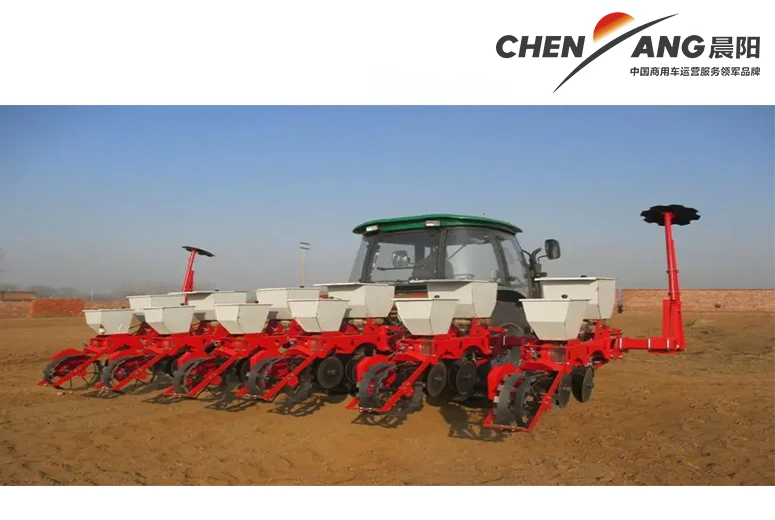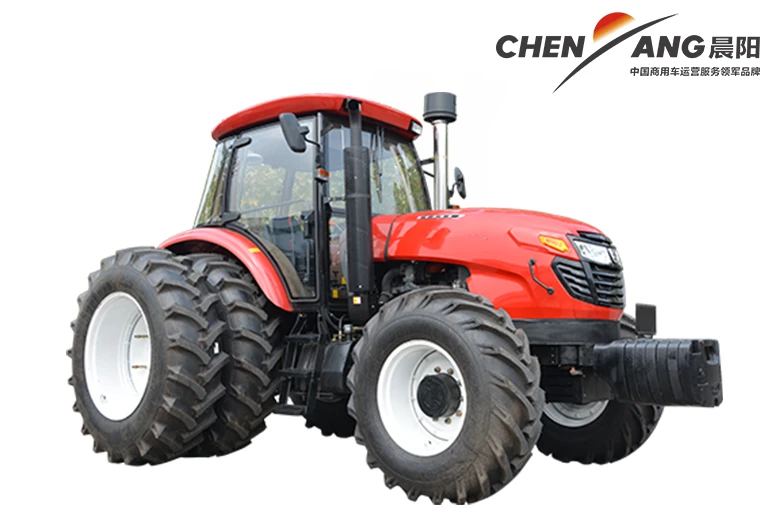Agricultural Machinery
Agricultural machinery encompasses a wide range of equipment designed to facilitate various farming tasks. Some of the most common types include tractors, harvesters, plows, and seeders.
Tractors are perhaps the most versatile and essential piece of agricultural machinery. They provide the power needed to operate various implements and attachments, such as plows and tillers. Modern tractors come equipped with advanced technology, including GPS and automated steering systems, to enhance efficiency and precision in the field.
Harvesters, including combines, are crucial for the efficient gathering of crops. These machines are designed to cut, thresh, and clean grains or other crops in one process, significantly reducing the time and labor required for harvesting. Specialized harvesters exist for different types of crops, including corn, wheat, and sugarcane.
Plows and tillers are vital for soil preparation. Plows break up and turn over the soil to prepare it for planting, while tillers further refine the soil texture, ensuring proper aeration and nutrient mixing. Different types of plows, such as moldboard and disk plows, cater to various soil conditions and farming practices.
Seeders and planters are essential for the planting process. They distribute seeds evenly and at the correct depth to optimize germination and crop yields. Modern seeding equipment often incorporates technology that allows for precision planting, ensuring optimal seed spacing and depth.
In summary, the variety of agricultural machinery available today allows farmers to perform a range of tasks more efficiently and effectively, ultimately improving productivity and crop yields.
How Does Agricultural Machinery Improve Farm Productivity?
Agricultural machinery significantly enhances farm productivity by automating and streamlining various farming tasks. One of the primary ways machinery improves productivity is through increased efficiency. Traditional farming methods often require substantial manual labor, which can be time-consuming and physically demanding. With the introduction of machinery, tasks such as planting, tilling, and harvesting can be completed much faster, allowing farmers to cover larger areas in a shorter amount of time.
Another key aspect is precision. Modern agricultural machinery is often equipped with advanced technology such as GPS and automated systems that allow for precise control over operations. For instance, precision agriculture tools enable farmers to apply fertilizers, pesticides, and water in exact amounts, reducing waste and enhancing crop health. This level of precision helps maximize yields while minimizing costs associated with inputs.
Additionally, agricultural machinery reduces the reliance on human labor. While skilled labor remains essential, machinery can help mitigate labor shortages, particularly during peak seasons. This is especially important in regions where finding enough workers for planting or harvesting can be challenging. By using machinery, farmers can ensure that tasks are completed on time, minimizing the risk of crop loss due to delays.
Moreover, machinery contributes to soil health and sustainability. Many modern machines are designed to minimize soil compaction and erosion, ensuring that soil remains healthy for future crops. Conservation tillage equipment, for example, helps maintain soil structure while reducing the need for excessive tillage.
Overall, the adoption of agricultural machinery leads to enhanced productivity, reduced labor costs, and improved sustainability in farming practices.
What Maintenance Is Required For Agricultural Machinery?
Regular maintenance is crucial for ensuring the optimal performance and longevity of agricultural machinery. Neglecting maintenance can lead to equipment failures, decreased efficiency, and costly repairs, making it essential to establish a routine maintenance schedule.
First and foremost, operators should conduct daily inspections before using any machinery. This includes checking fluid levels, such as engine oil, hydraulic fluid, and coolant. Ensuring that these fluids are at appropriate levels helps prevent overheating and engine damage. Additionally, operators should inspect belts, hoses, and connections for signs of wear or leaks.
Routine maintenance tasks also include cleaning and greasing moving parts. Keeping machinery clean helps prevent rust and wear, particularly in components exposed to dirt and debris. Regularly greasing bearings and pivot points ensures smooth operation and reduces friction, extending the lifespan of the equipment.
Another important aspect of maintenance is the care of tires and tracks. Proper tire inflation is critical for ensuring optimal traction and fuel efficiency. Farmers should routinely check tire pressure and tread wear, and rotate tires as needed to promote even wear. For tracked equipment, ensuring proper track tension and alignment is essential for maintaining stability and preventing excessive wear.
Seasonal maintenance tasks should also be performed, such as changing oil and filters. These tasks are typically recommended after a certain number of operating hours and are essential for keeping engines running smoothly.
Lastly, keeping a detailed maintenance log can help track service history and identify recurring issues. This proactive approach not only enhances the efficiency and reliability of agricultural machinery but also supports safe and effective operations in the field.















